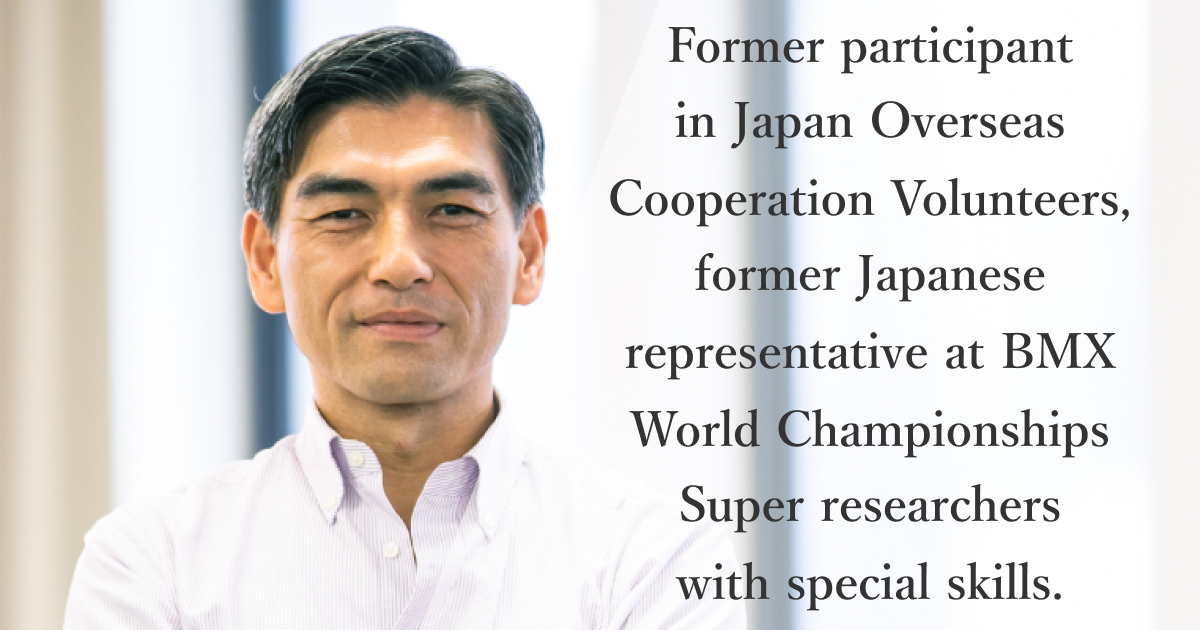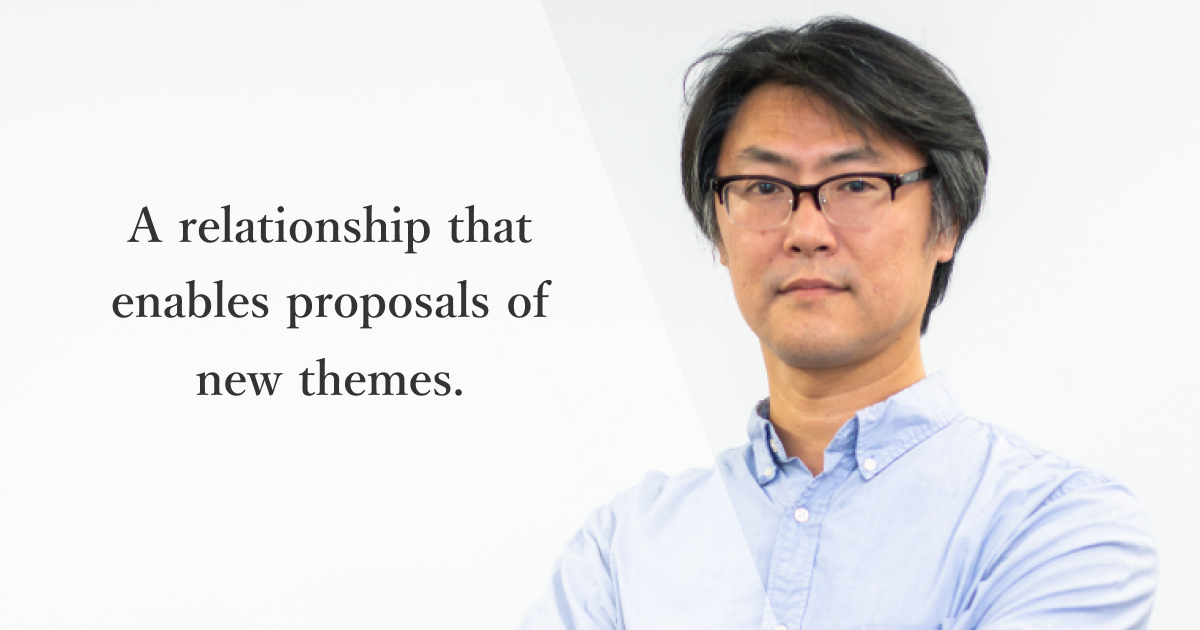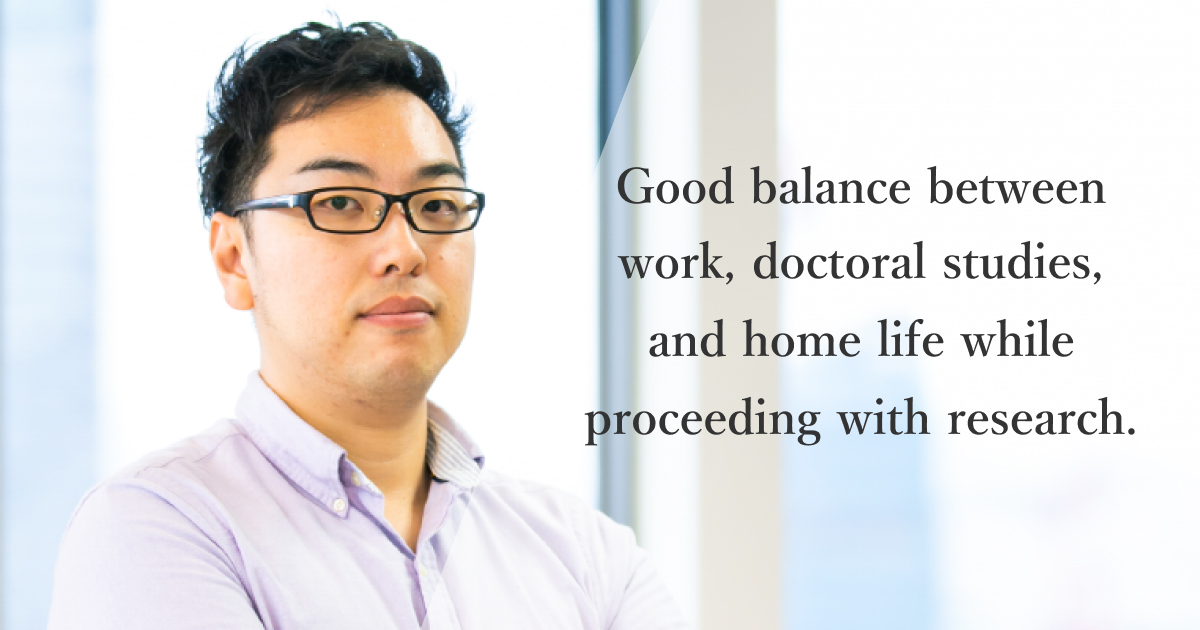Research & Development Group, Multi Researcher
Image
Recognition
Yuichi Yoshida
Yuichi Yoshida
PROFILE
Joined company in 2007
after researching user interfaces for a
major communications company
A multi-researcher who carries out all steps, from planning and development all the way through to sales.
Yuichi Yoshida is known by the handle “Sonson” and researches image search technology at DENSO IT Laboratory (hereafter IT Lab). He has appeared at a wide variety of academic conferences, participated in hackathons, and, as a hobby, has developed popular iOS applications that have exceeded one million downloads. These exploits have given him the reputation as a researcher of unbelievable skill.
Research is a process by which I realize my desire to create something interesting.
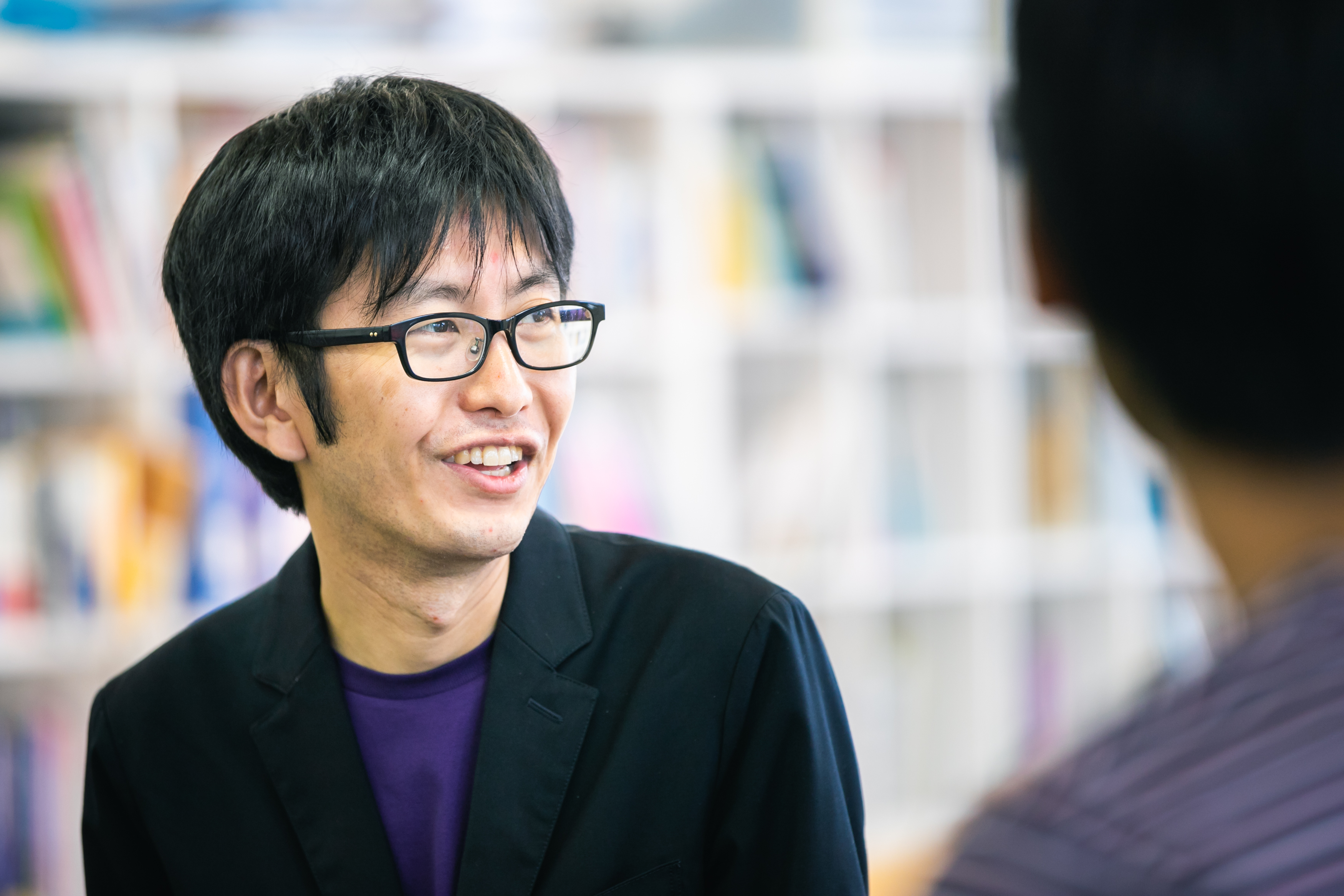
― What kind of research do you tackle now, Mr. Yoshida?
“Since joining IT lab, I’ve been involved with technology R&D for image searching and user interfaces.”
― When did you become interested in image searching?
“Shortly after I entered the workforce.When I first began working full time, I did research into human interfaces and user interfaces (UI).That gave me some small involvement with image searching at my old job.But I began doing deeper research into images after joining IT Lab. I think the trigger was working with others who were experts in that field.At the same time, I was given an iPhone upon joining the company, and I realized there were a lot of interesting things I could do with it. I played around with that while also researching image recognition and user interfaces.In doing so, a service I created was released as a product.”
― What kind of service?
“It was an iOS application for transmitting a destination to your car navigation system. It linked iPhones with car navigation systems through Bluetooth. It made it possible to move the maps on your iPhone touch screen and have the same image appear on the car navigation screen. These days, it’s not that rare a thing, but this was in 2008…”
― That’s quite early.
“It was before Apple had even released their API to the public. I did my research assuming that the API would eventually be released. I received interest from manufacturers in Europe and went there to give presentations. After that, it was selected for adoption into Toyota car navigation systems in 2011, which officially pushed research into full gear. Technicians at DENSO headquarters developed the on-board functions, while I created the base of the iOS application.”
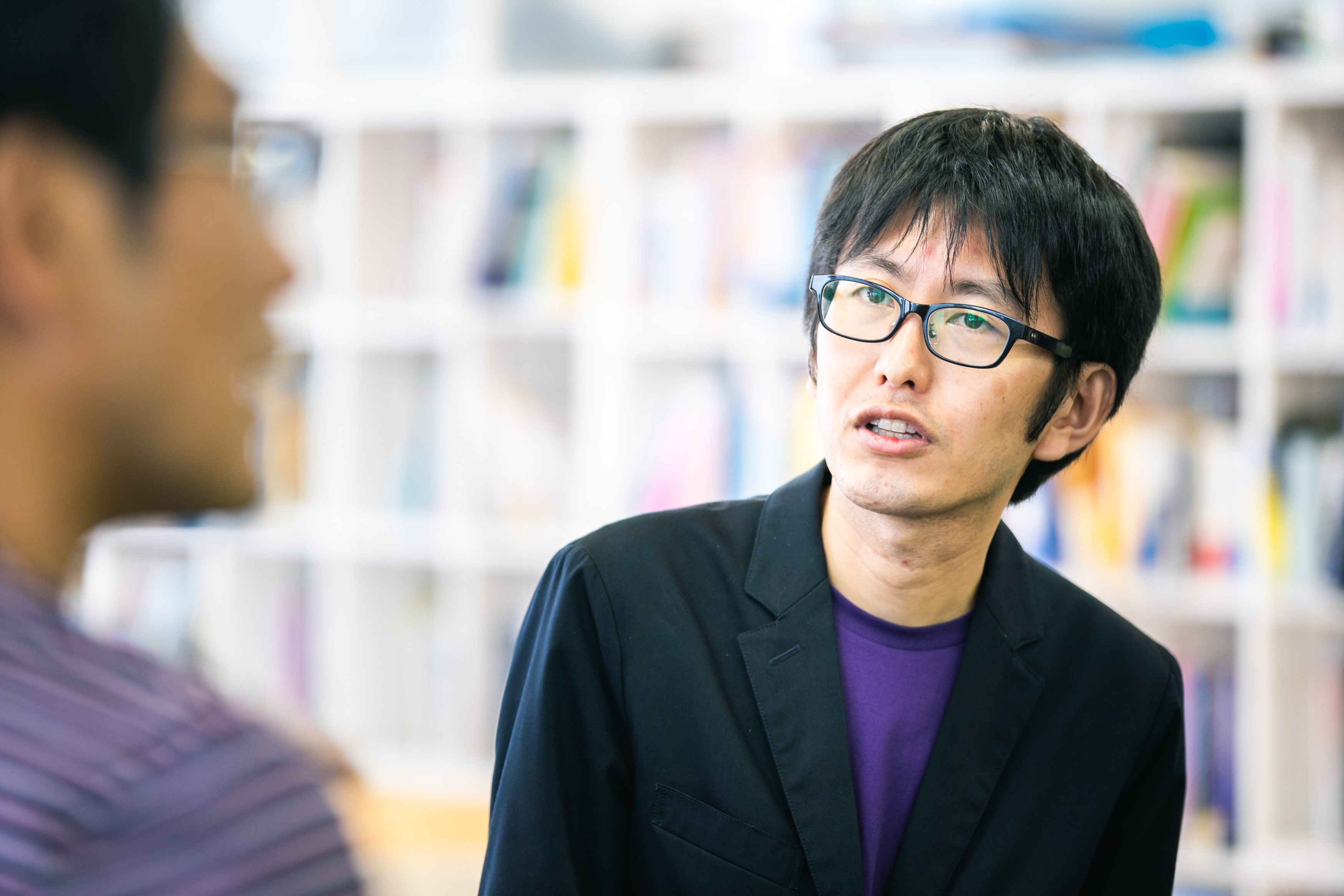
― How do you go about coming up with ideas for new functions and technology that are yet to exist?
“Whenever new functions or technology emerge around me, I spend a lot of time interacting with them and in doing so, I think I get a lot of ideas naturally. I operate them with my own eyes and hands and think “can it do this?” That leads to other ideas, as I ask myself “so what else can I do by combining different movements?” It feels like the more I experiment, the more the ideas begin to come naturally.”
― Is that how the app linking iPhones with car navigation screens developed, too?
“That began from making an application that would enable you to control the map on your PC screen using the map on your iPhone screen. I played around by putting my laptop in a corner of the office and going to the furthest end of the building to see if I could still move the maps on my laptop screen with my iPhone. At the time, I had no idea what kind of uses this technology could have, but my coworkers all told me it was interesting and that I should try applying it to car navigation systems. From there, it was decided to show it to DENSO headquarters and research proceeded quickly.”
― I see. So the seeds of research inspiration exist in everyday life.
“I never began anything by thinking, “Okay, research time!” The desire to create something interesting comes first and then it becomes necessary to explore the essence, read research papers, and carry out experiments. In my case, in addition to research, I also do planning and sales.”
― That’s amazing. I’ve never heard of a researcher who did that much on their own.
“It’s not that difficult. I’ve even responded to questions about the application I designed and gone to sell it by myself. I believe doing that, even once, will lead to useful skills later. If you’re a researcher or technician, I think you should try it yourself once and you’ll find it interesting. Of course, that’s not suitable for people who are asked to sell or plan products they don’t like.”
― A lot of people imagine researchers and technicians as being difficult to communicate with.
“If you cut off communication because it’s difficult, you lose the ability to be understood. I think it’s a waste if someone carries that handicap with them for the rest of their life. I think that one should try working with people who are good at that sort of thing or think of other ways to handle things.”
iPhone applications developed as a hobby exceed one million downloads.
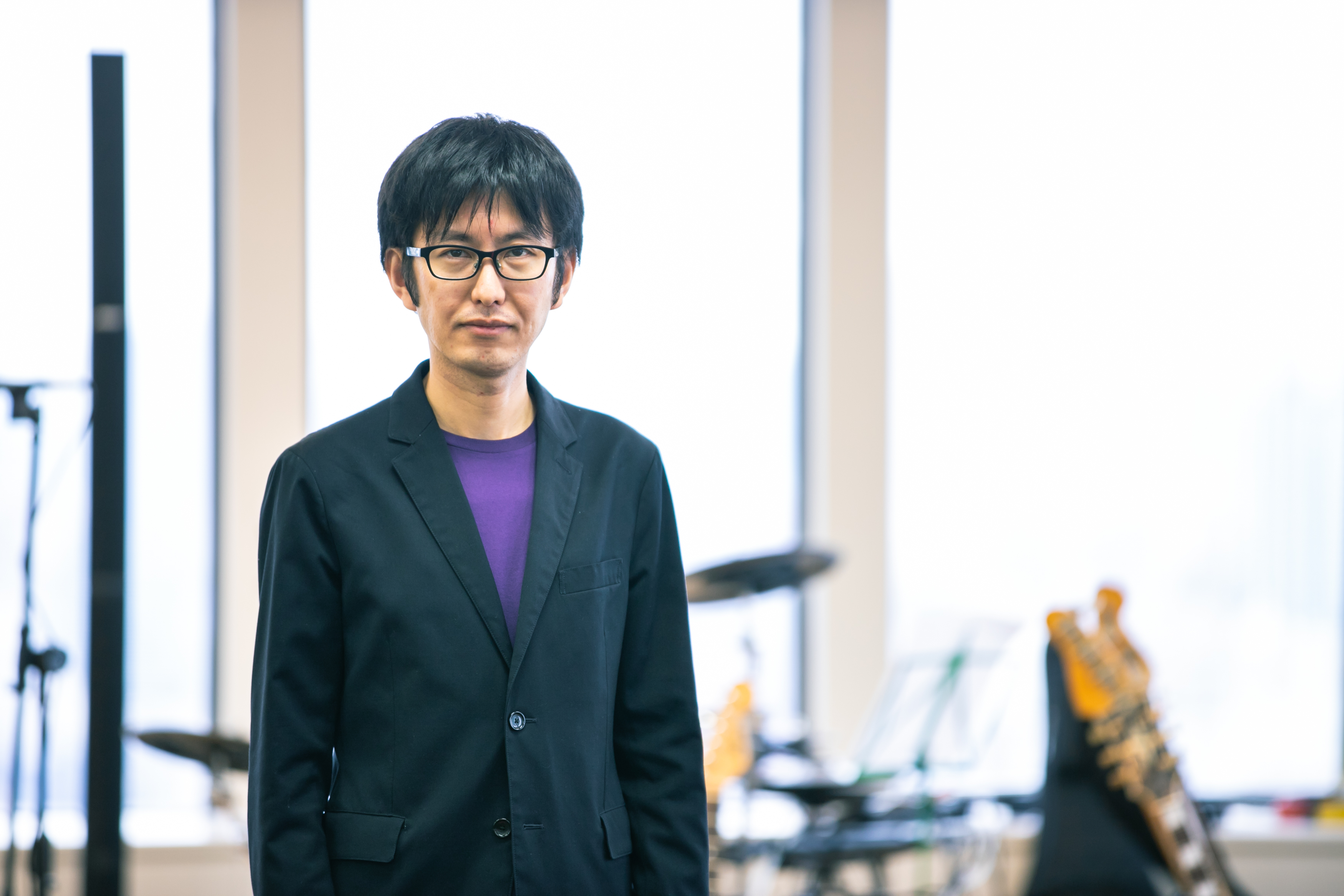
― Mr Yoshida, I’ve heard that you make your own iPhone applications. Can you give us an example?
“There are several, but the most wellknown was a BBS browser application for 2chan (now known as 5chan, the most famous and traditional BBS in Japan.). I’ve been updating it for nearly ten years now and it has been downloaded more than one million times. I even got asked by a certain company to sell it to them. I chose not to do so.”
― So developing that application is something that you do exclusively in your private time?
“Yes, it’s entirely a hobby.”
― How long does it take to develop?
“A lot of time. When I first began working on it at age 27-28, I would spend all my time on it after coming home from work. I rewrote the code from scratch around four times.”
― The final result is fast and easy on the eye.
“Thanks. In the beginning, I didn’t have a lot of memory to use with the application, so I had to structure it to calculate and display as quickly as possible with the lowest amount of memory consumption possible. These days, I have a lot of memory to use, but at the time, it was very difficult.”
― I’m sure it’s nice to bring your ideas to fruition. I’m jealous.
“I guess it’s work that combines my hobbies and studies. t the very least, I don’t worry about being out of a job (laugh).”
A father of two who takes his children to museums on days off
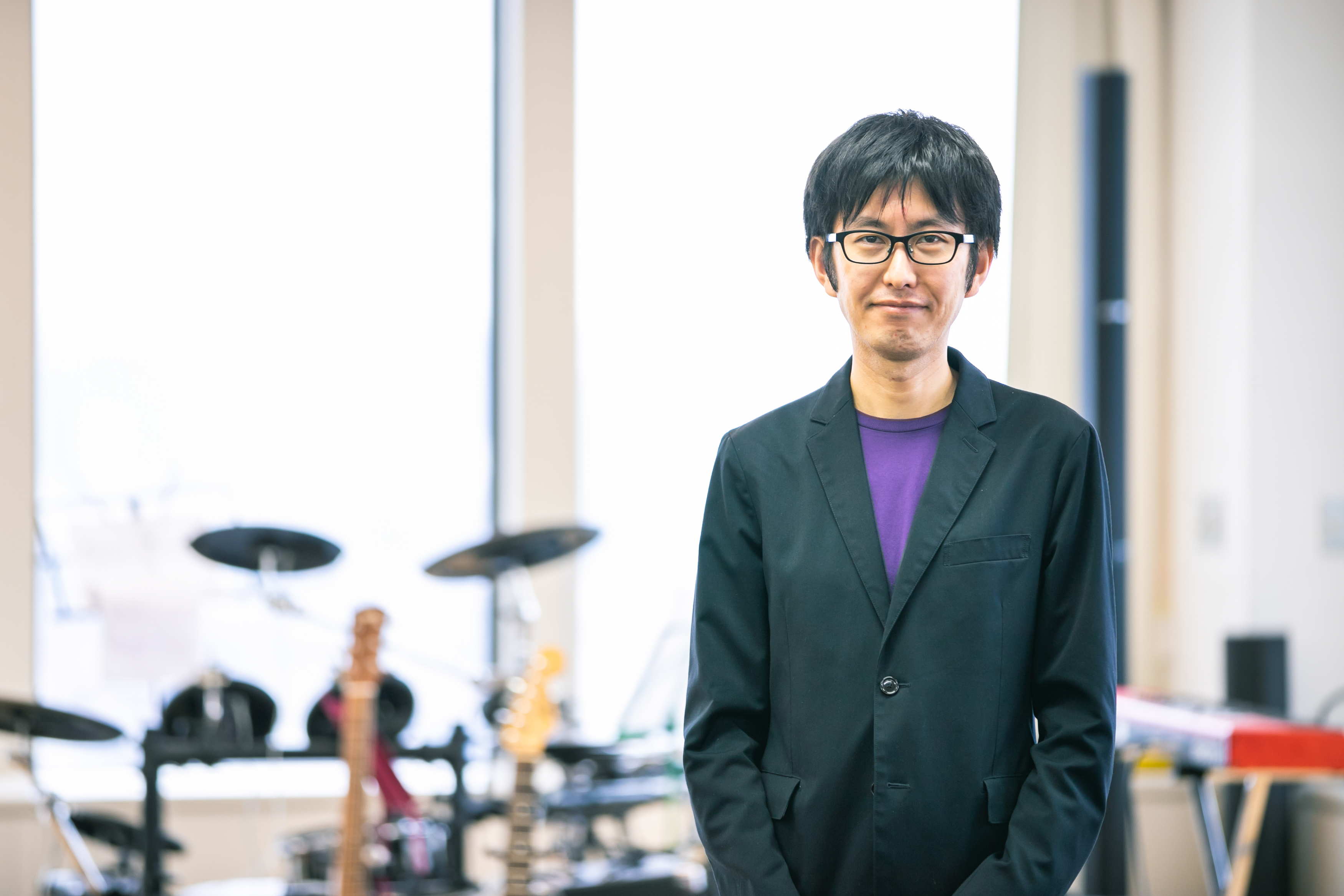
― What is your typical work day like?
“I wake up at 7:30 and have breakfast with my kids. I then leave home at around 9 and work from the office. I prefer to leave the office so that I get home around 8:30 at night, but that overlaps with the time my children go to sleep, so my wife asked me to adjust my hours. After work, my typical routine is dinner, a bath, gaming time, programming, and then bed.”
― How old are your children?
“I have two boys. The oldest is a second grader and the youngest is in kindergarten.”
― You must have a lively house. What do you do for fun with your children?
“Lately, we play games together a lot. We do Minecraft together. My oldest son logs in with a Nintendo Switch, while my younger son uses my old iPad. I login with the iPad I use these days and we play together.”
― I’m sure your sons must enjoy playing with their father.
“You’d have to ask them. But for me, Minecraft ends up being an exercise in futility. The metal, gold, and diamonds I worked hard to mine during the night suddenly look completely different, the houses I worked hard to build get knocked down, and the areas where I try to grow grain suddenly have a big tower standing in them (laugh)”
― You have my sympathy (laugh). Do you play with your children outdoors too?
“Of course. On days off, the kids and I will often go out with box lunches made by my wife. Sometimes, we play at the park and sometimes, I take them to museums. I’m actually an indoor person, so I like to take my kids to museums. We’ve probably been to nearly all the museums in and around Tokyo.”
― Are your boys interested in programming like their father?
“We’re alike in some ways, but my oldest is more interested in biology. He likes bugs and plants. Right now, he’s even interested in the structure of the human body. My youngest… I’m not so sure, yet (laugh).”
Finding happiness by attracting interest from the things you make.
― What kind of company is IT Lab for you, Mr. Yoshida?
“For better or worse, it’s a company with a lot of freedom. I feel like I’ve achieved results by using that environment to its fullest, which leaves me very satisfied. However, if you’re a person who needs to be told what to do or needs to work under someone with strong leadership skills, it might not be the place for you.”
― Everyone we talk to says that. That it’s good for independent researchers.
“With that said, the ability to research independently is probably limited to people of a certain age and range of experience. I’d like to see more young researchers join us. If you have something you want to do and a strong desire, I don’t think you necessarily need to be an independent researcher.”
― Perhaps young researchers would feel intimidated working with all of you?
“They don’t have to think that way. However, at present, we’re a bit lacking in the type of environment that enables young people to grow. To that end, we’re aiming to help nurture young researchers through opportunities to do team research and by improving the mentorship system.”
― I see. Last question - what do you enjoy most about your work, Mr. Yoshizawa?
“Seeing the things I’ve made being used and getting a reaction from people who find them interesting and tell me to make it into a product. When I get that sort of judgment is when I feel best. I’m most satisfied when what I create makes someone happy.”
― So you find satisfaction by bringing satisfaction to others?
“I think so. Without that, I don’t think our research would have meaning.”
― Thank you very much. We hope you continue making interesting things in the future.

